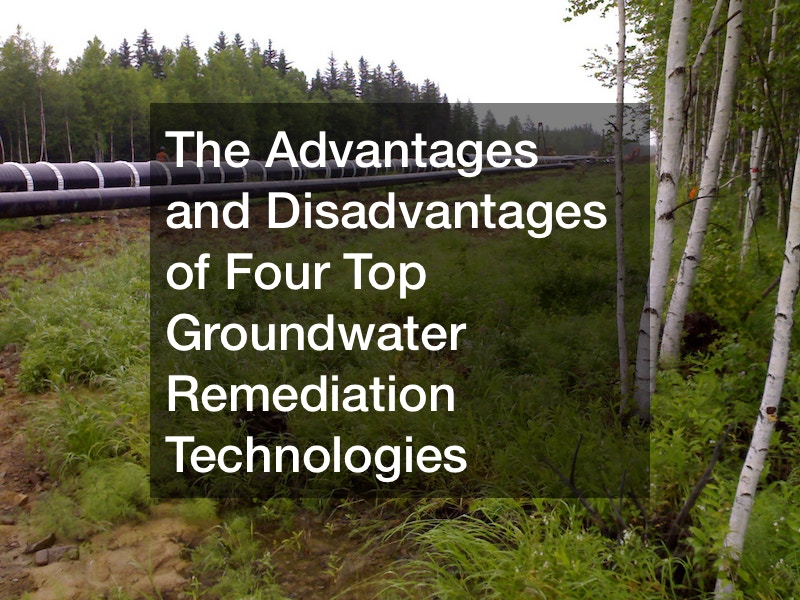The Advantages and Disadvantages of Four Top Groundwater Remediation Technologies

There are four major groundwater remediation technologies, and each offers distinct advantages and disadvantages. Being familiar with how each system operates will help you find the best solution for you.
With biological injections, specialized oils or sugars are injected into the groundwater.
This helps stimulate the process of microbial growth. This method can achieve results quickly without much follow-up needed, sometimes in as little as one injection event. On the other hand, specific groundwater chemistry is needed for it to be effective and it can only target a limited range of contaminants.
A second option is air sparging in which air is injected into groundwater. This also achieves fast results with little maintenance and no additives to purchase. However, you will have to install injection wells and airlines.
A third option is a pump and treat system. This uses filters, strippers, or additives to extract and remediate groundwater. The main advantage is that this approach can handle almost any contaminant. On the other hand, it requires a large amount of specialized equipment and the groundwater involved needs to be properly disposed of afterward. The last approach is monitored natural attenuation. This follows the natural remediation process through consistent sampling and monitoring.
.




